Chickens are one of the most common types of meat sold in markets worldwide. However, they can be pricey depending on the quality and location, so it’s a good thing to know how to raise meat chickens.
The Essentials for Raising Meat Chickens
Because of the ever-increasing prices of meat at the supermarket, raising chickens yourself is a great alternative. Sometimes it’s also difficult to locate particular cuts of meat, so providing your own meat is a blessing. But, of course, raising chickens takes time and effort.
So before beginning your journey, you should have thought it through and considered all the essential things about raising chicken for its meat. This way, your endeavor would be smooth and more manageable. There will be challenges, of course, but being prepared for them is better than tackling them with eyes closed.
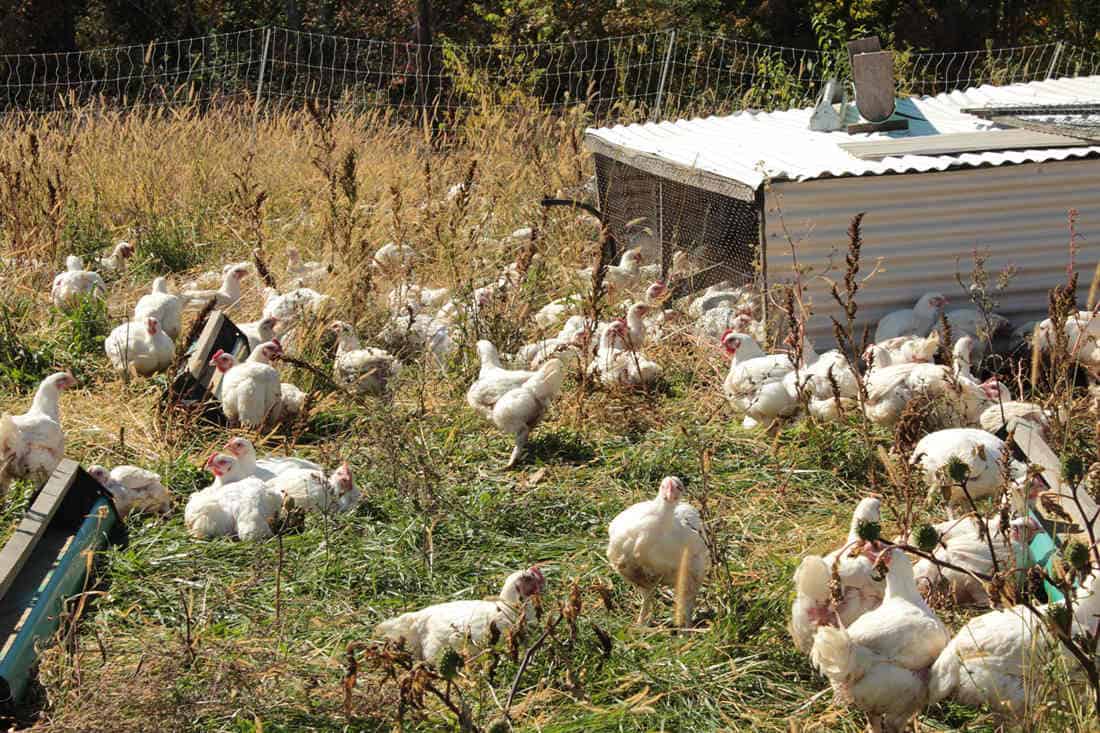
Cost
One of the main things you need to note when raising chickens is the budget. First, of course, you need to prepare the right amount of cost to start your endeavor. You should first consider the feed costs, how many chickens you plan to raise, and the local market price of chicken.
You should also determine the food expenses per week or month. There has been a significant increase in feed cost over the years, so you must monitor how many changes it undergoes to budget properly. Here is a simple list of what you need to provide in raising chickens.
- Food
- Home
- Beddings
- Feeders
- Water bowl
- Fence
- Other processes
Equipment
Raising chickens also means you need to have suitable materials to allow them to grow properly and healthily. So here is some vital equipment for raising chickens.
- Housing – Keep in mind that each chicken requires a dry, clean, draft-free space.
- Heat source – Young chickens or chicks need a consistent heat supply, such as a heat lamp, to thrive.
- Beddings – Bedding is necessary for the growth of healthier chickens since it helps to regulate the temperature and absorbs excess moisture. You can choose among wood shavings, rice hulls, sawdust, or a mix of some of them.
- Feeders and Waterers – Feeders are available in many sizes and types; some are designed specifically for chicks and should be used until the birds reach their adult size when you change into a larger one. The same goes with the waterers as the growing chicken would require more and more amount of water.
Raising Meat Chickens
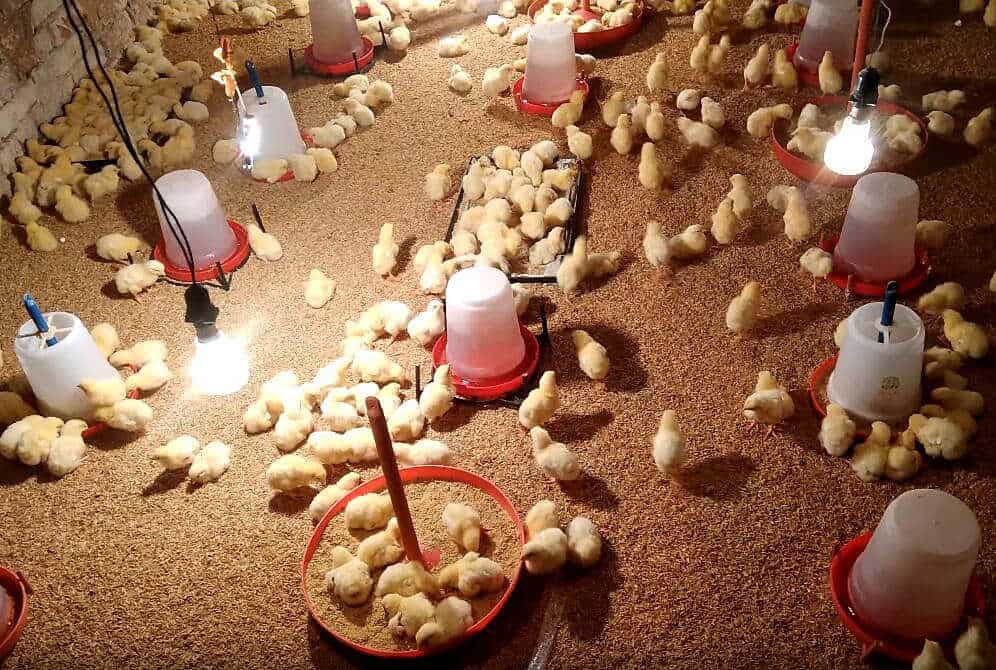
Laws/rules and regulation
First and foremost, you need to know whether or not it’s allowed in your area. Some cities and towns have rules that make it illegal or difficult to raise chickens, so check out what rules and regulations your site has for raising chickens.
There are regulations in place for specific neighborhoods that prohibit the handling of animals. Municipal laws may permit you to keep birds but prohibit you from processing or killing them in any way. In such a case, you will need to decide where to have them processed.
Preparing for their space
Before bringing in your chickens, it’s crucial to prepare the place where they will stay. First, you need to make sure the space is clean and disinfected. The elements involved should be clean, too, including the waterers, feeders, and mini houses (if applicable). Make sure you have everything you need for the chickens one to two days before they move in.
Food
Since you are raising chickens for their meat, their diet is crucial as it directly affects the meat quality. In addition, chickens require a lot of different nutrients, primarily protein, for healthy growth within their first week of life. During this time, they are allowed free-choice feeding.
| Age | Food |
| 3rd week | Chick starter (20% protein) |
| 4th week | Grower feed (18%) |
| 5th week | Free choice (You should feed them 12 hours on and the other 12 hours of the day, off) |
| 6-9th week | Grower or broiler formula (can be mixed)
You should also mix up some grit for better and easier digestion |
| 10th week onwards | Grower or broiler formula with grit |
Hydration
Chickens are easy to get thirsty and, at the same time, dehydrated. This is why it’s essential to always supply them with water. Ensure that their waterers are clean and supplied with clean water because they are also quite picky regarding cleanliness. They may refuse to drink the water if it appears muddy or dirty.
Top Breeds To Raise for Meat
Chickens raised specifically for their meat are also distinct breeds. Know which chicken breeds you want to take care of before raising them. Here are some of the best breeds to raise for meat.
Jumbo Cornish Cross
These chickens rapidly gain weight and have a high meat-to-bone ratio. Their huge breasts are one of the main reasons why they have been bred. In six to eight weeks, males will reach their final weight of up to four pounds. On the other hand, it takes females around two weeks longer than males to reach their full weight.
Freedom rangers
This breed of broiler chicken was explicitly developed for pasture-based diets. These chickens are so good at finding food on their own that they are a popular choice among those who specialize in raising only organic meat chickens. The Freedom Rangers sustain themselves by eating a variety of food, including bugs, corn feed, and anything else they come across in their day-to-day search.
Jersey Giant
This chicken variety is so large that it was even a candidate for replacing turkeys. The typical Jersey Giant reaches between 11 and 14 lbs. However, compared to other breeds, they have a very slow growth rate which can mean you’ll have to put in more effort and food as you raise them to their fullest potential. In other words, they can be relatively costly in the long run.
Buff Orpington
These birds are the quintessential example of an all-rounder chicken breed. Orpingtons are large and hefty chickens prized for their tasty and tender flesh and ability to lay large, nutritious eggs.
Bresse
These chickens are pretty rare as they are not that popular in the United States. Bresse chickens, on the other hand, are well-known and well-liked in France because of their high-quality meat. Unfortunately, many poultry owners don’t consider this breed because they are too pricey. However, the stereotype placed on this breed can be misleading. If you want to raise some of the known high-quality chickens, try Bresse.
Pros and Cons of Raising Meat Chickens
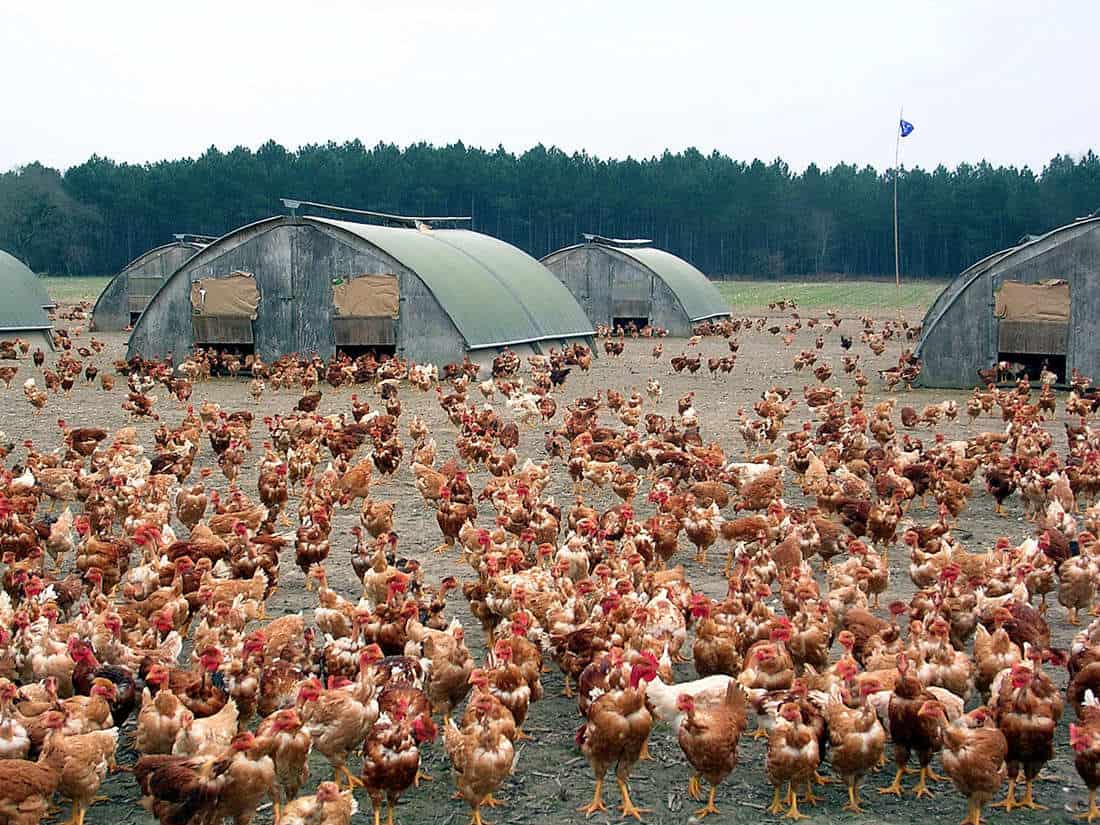
Pros
- Fresh meat – Having your food supply is one of the most obvious advantages of keeping a backyard flock. This way, you know where your food came from and how it was prepared.
- Sustainable – Chickens improve soil health by tilling and contributing natural fertilizer to the space. They also eat insects keeping your garden free of pesky critters without employing pesticides and other chemicals.
- Fun to be with – Learning more about our chickens makes the process a fun experience. A backyard flock can be a source of enjoyment whether you’re a kid or an adult.
Cons
- Food consumption – Chickens raised for meat can require a lot of food over the course of their lifetime. This means you must be ready to provide them with enough food to ensure they grow healthy.
- Cleaning time – These types of chickens can have quite an odor when in groups, so you may have to be more hands-on in cleaning their space.
- Vulnerable – Meat chickens are not only meat for you, but for predators too. They can be a target of an attack from other animals, so you need to make sure they are in a safe place.
Tips for Raising Meat Chickens
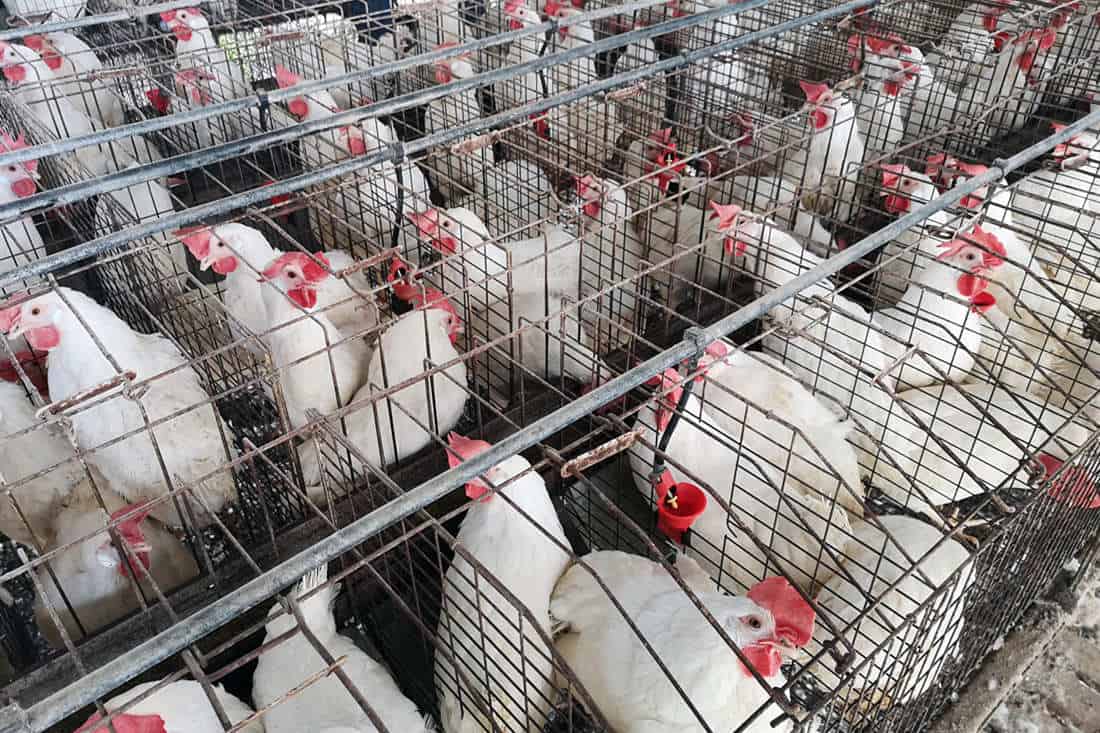
Always provide enough water
Chickens significantly increase their water intake during warmer temperatures outside as they can quickly become dehydrated. Therefore, make sure that they have access to a sufficient amount of clean water in their enclosure.
Shelter
Because they are usually lazy, you must ensure that they have shelter. They are not as active as other layer breeds. With this, you should also note that their food and water supplies must be located nearby. They spend a lot of time dozing off. As they increase in body size, they usually have difficulty moving around as they mature. And so, you have to make sure they have access to shade.
Provide clean and substantial space
Do not confine your birds to an area too small for them. Make sure there is enough space for them to move around. For example, it would be ideal for them to run around on the grass. Ensure that there is sufficient room to allow them to move around a clean area.
Enjoy and have fun without getting attached
When animals are being raised for human consumption, do not consider them as pets. Thus, avoiding heartbreaks or abandoning the purpose of raising them in the first place.
Summary
Knowing how to raise meat chickens is a valuable skill for anyone to have. Raising quality meat for your consumption is a way to save money and have healthier meat for you and your family. Yes, it would be challenging, but you will learn how fun and fulfilling raising your chickens for meat is.
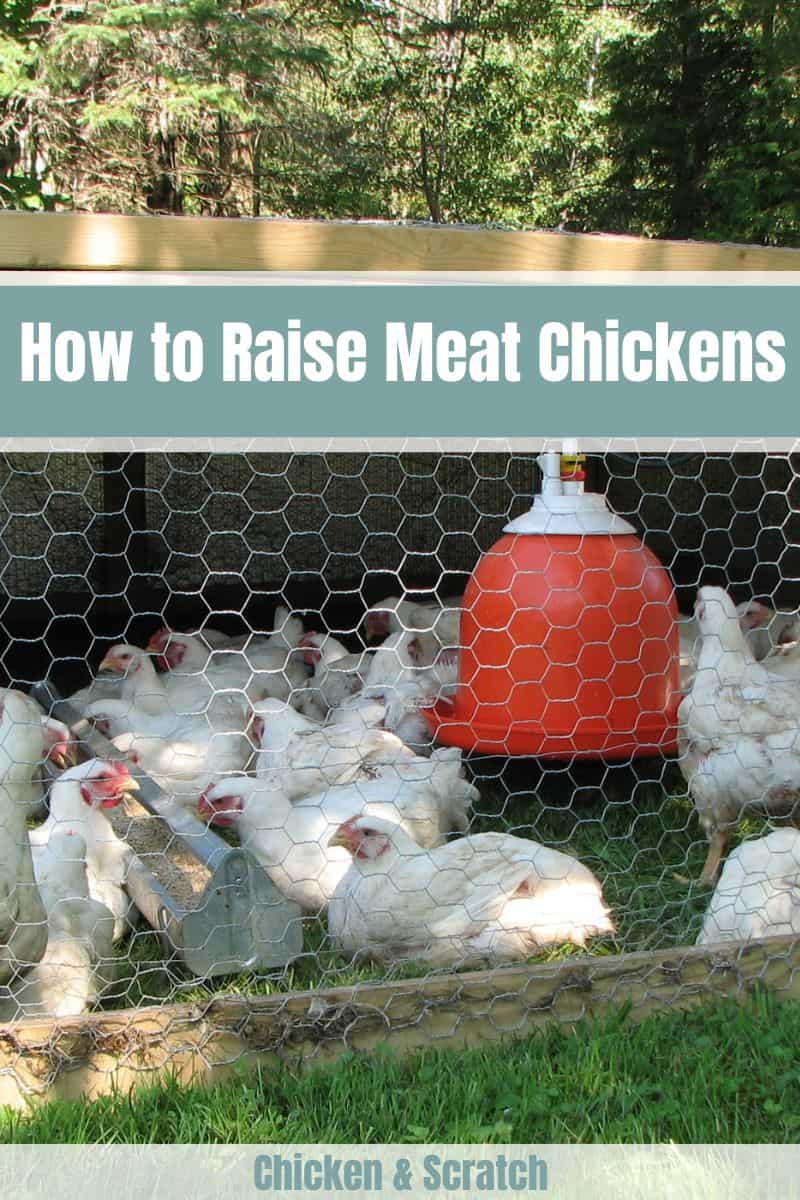

Joseph Hudson has been raising chickens for over 15 years. In 2018, he completed the Agriculture & Natural Resources program at Mt. San Antonio College. He currently raises over 1400 chickens on his 7.5-hectare farm. He keeps sharing his experience on raising healthy and happy chickens on Chicken Scratch The Foundry.







